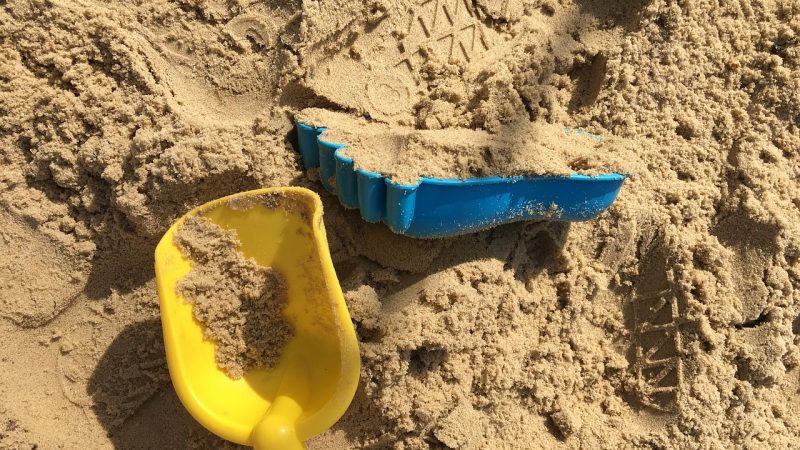As part of the EU project BIO-PLASTICS EUROPE, 22 scientific and industrial project partners from 13 countries are working on sustainable solutions for the production of biobased and biodegradable plastics to bring sustainable and safe products to market – from reusable cutlery and toys to packaging and agricultural products.
Plastics are everywhere. Because they have long been an essential part of everyday life, their consumption continues to grow. But the many benefits of plastics also come at a high price: from the extraction of raw materials to polymer production and waste treatment, every part of the plastics life cycle also involves significant negative environmental impacts.
The sustainable strategies and solutions for the production and use of bio-based plastics developed in the BIO-PLASTICS EUROPE project will support the EU Plastics Strategy and promote the circular economy. The main objective of the project is to provide bio-based, biodegradable, sustainable and safe materials for the production of various products: Researchers have succeeded in developing new plastics based on five different bio-based materials. What makes them special is their biodegradability: many of the bioplastics on the market to date, such as polyethylene, which is used to make films and packaging, among other things, may also be of biogenic origin, but this does not mean that they are also biodegradable. In other words, they do not necessarily decompose through biological activity with the help of microorganisms or enzymes, leaving only water, biomass and carbon dioxide.
However, this degradability and a more sustainable use of plastics would be crucial: plastics often remain in the environment in the form of waste, abrasion from car tires, artificial turf and much more. As if that were not enough, hazardous substances such as additives designed to improve the properties of plastics also pollute nature and human health.
Blending in - modern polymers with improved properties
The new polymer materials from BIO-PLASTICS EUROPE, known as blends, must have other properties in addition to biodegradability, which the scientists characterize in the laboratory. To produce them, they vary the process conditions, such as temperature and pressure, with various additives. The next step is to test the biodegradability of the final product with suitable enzymes and determine how well it works by measuring weight loss and the presence of various degradation products.
And what was the result? The new materials, including biopolyester (PHB) and natural rubber blends, proved to be much more elastic and flexible than conventional bioplastics. In parallel with manufacturing, the project established a safety protocol to improve the safe use and end-of-life management of biobased and biodegradable plastics. Currently, these prototypes are also undergoing laboratory and field toxicity testing. Toxicity tests conducted at the Medical College of Graz show that the material we have developed is harmless.
Sustainable polymers have already been produced
Several hundred grams of bio-based, biodegradable plastic prototypes have already been produced. An expansion of production to industrial scale is planned. The first results are expected by the end of the year and should help improve many products in terms of environment and health – from reusable cutlery to toys, soft and rigid packaging, agricultural films and geomembranes to fish bait and cans.
More information about this work: EU project Bio-Plastics Europe
This project has received funding from the European Union’s Horizon 2020 research and innovation programme under grant agreement No. 860407
Picture credits: Pixabay
